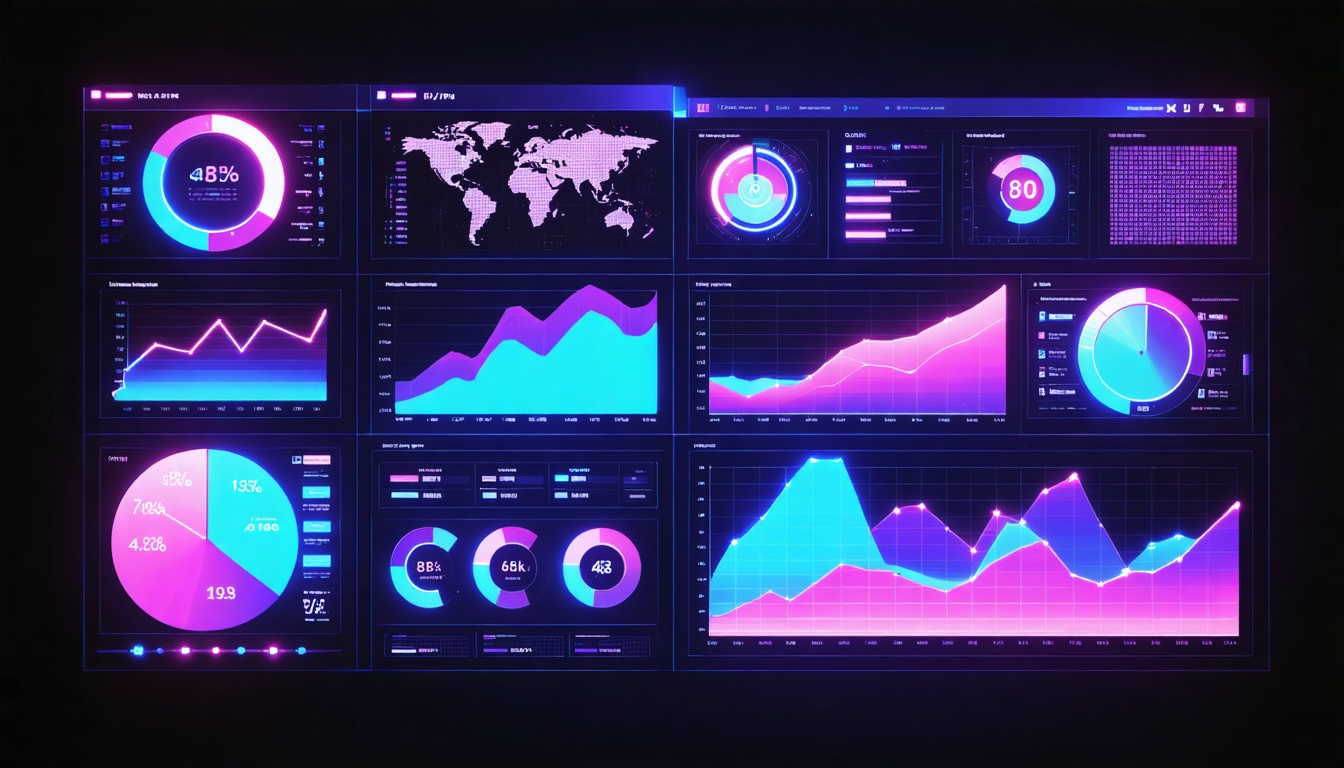The wrong data integration pattern can cripple your analytics stack. Dashboards timeout, API limits spike, and development cycles stall as teams rebuild pipelines that should have worked from day one. In Salesforce environments processing millions of opportunity updates, choosing between extract, transform, load (ETL) and extract, load, transform (ELT) integration determines whether executives get real-time insights or wait hours for critical data.
Organizations face a fundamental choice: use ETL, the tested approach from the 1970s, or adopt ELT, enabled by modern cloud warehouses that transform data in place. Each pattern offers distinct advantages and costs. This guide explains how both work, where they break down, and how to choose the right approach for your Salesforce environment.
ETL: Validate First, Deploy Second
ETL processes data in a specific sequence: extract from source systems, transform in a staging environment, then load into the target warehouse. This approach emerged when compute and storage were expensive, pushing data processing outside the warehouse to conserve resources. In Salesforce environments, extraction uses REST, SOAP, or Bulk APIs to pull standard objects like Accounts, Opportunities, and Leads, plus custom objects specific to your business. The Bulk API handles large volumes efficiently while incremental extractions capture recent changes without hitting daily API limits. For organizations using Flosum's native Salesforce integration, this extraction happens within the platform's security perimeter, maintaining existing access controls and audit trails.
Transformation occurs on dedicated servers or ETL engines before data reaches its destination. This includes cleaning, validation, deduplication, and reshaping—standardizing currency fields across multiple Salesforce orgs, mapping picklist values to consistent taxonomies, or reconciling territory assignments from different business units. The load phase then delivers curated datasets to target systems ready for immediate use in reports and machine learning models.
Pros:
- Superior data quality control: Invalid Salesforce picklist values, duplicate contacts, and missing fields get cleaned before reaching the warehouse
- Strong compliance capabilities: Sensitive fields can be masked or redacted during transformation, ideal for HIPAA or GDPR requirements
- Predictable costs: Fixed infrastructure spending with minimal warehouse storage requirements
- Mature ecosystem: Decades of best practices, vendor support, and certified professional availability
- Optimized warehouse performance: Only clean, structured data loads into target systems
Cons:
- Scalability bottlenecks: Dedicated transformation servers struggle with quarterly Salesforce data spikes and growing record volumes
- Delayed insights: Data remains unavailable until complete transformation finishes, limiting real-time campaign optimization
- Rigid architecture: Pipeline modifications require full workflow redeployment, slowing new commission calculations or attribution models
- Poor cost scaling: Adding compute capacity means purchasing additional servers rather than leveraging elastic cloud resources
- Limited analytical flexibility: Historical data may be discarded after processing, preventing retroactive analysis when business rules change
ELT: Deploy Fast, Refine Forever
ELT reverses the traditional sequence by landing raw data directly in cloud warehouses, then performing transformations within that environment. This approach leverages the elastic compute and storage of platforms like Snowflake, BigQuery, and Redshift, which excel at parallel processing of massive datasets. Salesforce APIs stream changes to standard and custom objects with minimal preprocessing, but raw data lands immediately in the warehouse rather than waiting for transformation. Revenue operations teams might stream every Opportunity, Lead, and CPQ custom field directly into Snowflake, preserving full fidelity of the source data.
Transformations happen inside the warehouse using SQL or tools like dbt—one script creates star schemas for executive dashboards while another applies complex currency conversions for finance. This flexibility supports evolving analytical requirements where business rules change frequently, such as new lead scoring models, updated territory boundaries, or revised commission structures.
Pros:
- Near real-time data access: Analysts can query Salesforce changes within minutes of extraction, enabling immediate campaign optimization
- Unlimited scalability: Cloud warehouse compute scales automatically as Salesforce orgs grow from thousands to millions of records
- Analytical flexibility: Same raw dataset supports multiple views like pipeline forecasting, territory planning, and commission calculations
- Cost efficiency: Pay-as-you-go warehouse compute eliminates upfront infrastructure investments
- Historical reprocessing: Raw data retention enables retroactive analysis when business requirements evolve
Cons:
- Higher storage costs: Maintaining both raw and processed datasets significantly increases warehouse storage expenses
- Expanded security surface: Sensitive Salesforce fields land in warehouse before masking, requiring additional governance controls
- Downstream quality issues: Inconsistent picklist values or duplicate records can slip through to reports without upstream cleaning
- Technical skill requirements: Efficient SQL becomes essential as poorly written transformations drive up costs and slow reports
- Governance complexity: Teams need robust monitoring frameworks to manage increased flexibility without losing control
Choosing the Right Integration Approach for Your Organization
The decision between ETL and ELT depends on regulatory requirements, infrastructure capacity, and analytical urgency rather than technical preferences alone. Organizations often find that their Salesforce data volume, compliance obligations, and time-to-insight requirements naturally point toward one approach over the other. Modern integration platforms increasingly support both patterns within unified architectures, making the choice more about organizational needs than technical limitations.
When to Choose ETL
ETL excels in environments where data governance, compliance, and predictable infrastructure costs take priority over real-time analytics. This approach works best when your transformation requirements are well-defined and unlikely to change frequently.
- Strict compliance requires data masking before warehouse storage
- Target systems lack modern compute capacity for heavy transformations
- Well-defined schemas and reporting requirements won't change frequently
- Storage costs matter more than time-to-insight
- Teams prefer predictable infrastructure costs over elastic pricing
Financial services processing Salesforce customer records under regulatory oversight often choose ETL for its upstream compliance controls. Organizations with legacy on-premises databases that can't handle heavy computation benefit from ETL's external processing model.
For ETL implementations, consider object-level API limits, transformation server capacity, and downstream system capabilities. Bulk API usage patterns, particularly for large custom objects, affect extraction timing and warehouse loading windows.
When to Choose ELT
ELT delivers maximum flexibility and speed for organizations that prioritize real-time insights and analytical agility. This approach shines when your analytical requirements evolve rapidly and your infrastructure can support elastic scaling.
- Real-time insights drive revenue and operational decisions
- Analytical requirements evolve frequently
- Cloud-native infrastructure supports elastic scaling
- Storage costs are acceptable trade-offs for analytical flexibility
- Teams have strong SQL skills and governance frameworks
E-commerce companies monitoring campaign performance and opportunity progression minute-by-minute typically choose ELT for immediate data availability. Data science teams requiring experimental analysis of historical Salesforce data prefer ELT's flexibility to reshape datasets without re-extraction.
ELT implementations require warehouse cost monitoring, data governance frameworks, and SQL performance optimization. Raw data retention policies, particularly for sensitive Salesforce fields, need clear definition before implementation.
When You Might Need a Hybrid Approach
Many organizations discover that a one-size-fits-all approach doesn't address their complex data integration needs. Hybrid strategies allow you to apply the right pattern to different data types based on their specific requirements and sensitivity levels.
Highly regulated Salesforce objects follow ETL paths while less sensitive data streams via ELT. Transactional sales data might use ETL for reliable nightly reports while Salesforce Activity History flows through ELT for ad-hoc analysis.
Native Salesforce solutions like Flosum's managed package approach maintain platform security controls while supporting flexible extraction and transformation workflows. This eliminates external middleware complexity while preserving Salesforce access controls, audit trails, and compliance frameworks.
The choice between ETL and ELT ultimately aligns data architecture with business velocity. Whether your Salesforce environment demands strict compliance controls or real-time analytical agility, the right integration pattern becomes the foundation for scalable insights that drive better decisions.
How Flosum Bridges the ETL-ELT Divide with Hybrid Integration
Flosum installs as a managed package inside Salesforce, keeping every extract, transform, and load action within the platform's security perimeter. This purpose-built design extends Salesforce access controls, FedRAMP-ready encryption, and tamper-proof audit logs without opening external ports or relying on third-party middleware.
Flosum provides data masking, backup, and audit-ready compliance solutions within Salesforce, supporting secure and flexible data workflows without direct ELT streaming to external cloud warehouses.
The choice between ETL and ELT is about aligning data architecture with business velocity. Whether your Salesforce environment demands strict compliance controls or real-time analytical agility, the right integration pattern becomes the foundation for reliable, scalable insights that drive better decisions. Talk with one of our experts to discover the right integration method for your organization.
Thank you for subscribing









